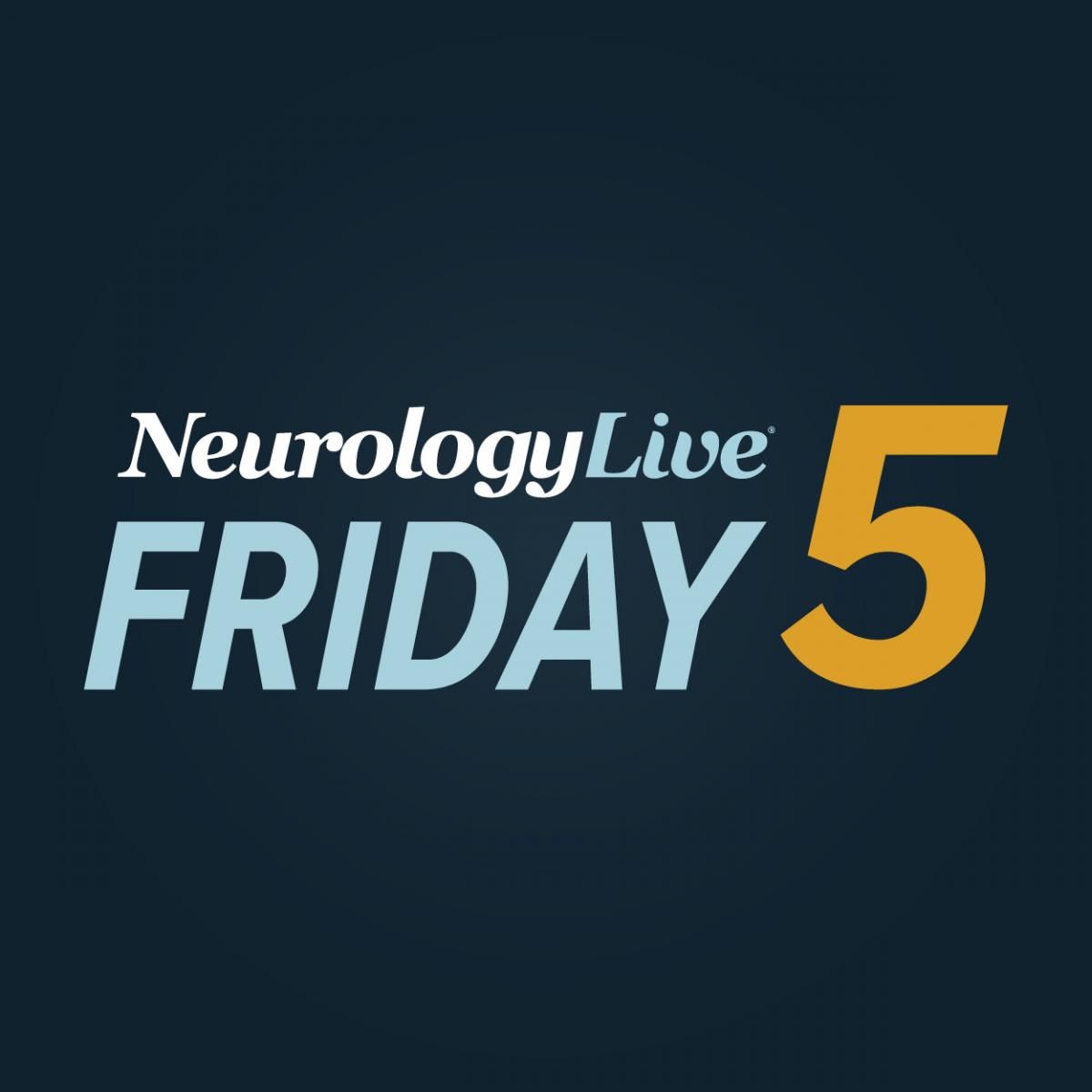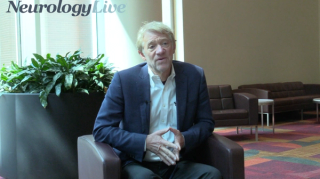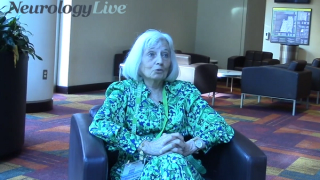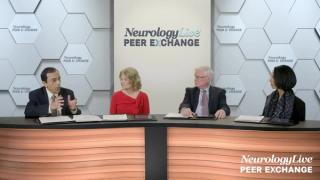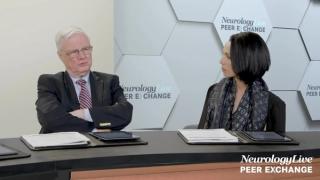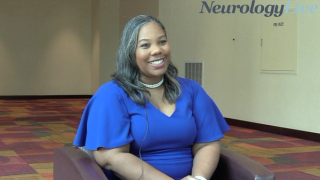
Sleep Disorders
Latest News
Latest Videos

CME Content
More News

Here's some of what is coming soon to NeurologyLive® this week.

Test your neurology knowledge with NeurologyLive®'s weekly quiz series, featuring questions on a variety of clinical and historical neurology topics. This week's topic is movement disorders and multiple system atrophy.

Transgender and gender-diverse patients have unique neurological considerations, but often, neurologists are unaware of the needs that are specific to this community.

Take 5 minutes to catch up on NeurologyLive®'s highlights from the week ending March 22, 2024.
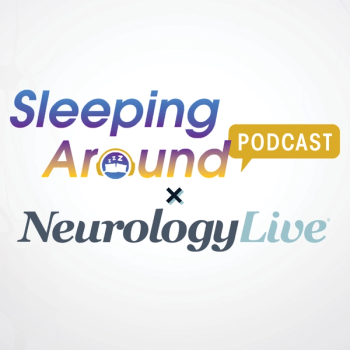
Sleeping Around the Podcast × NeurologyLive brings you a scientific breakdown of sleep as an important process for homeostasis and the data that support it.

Sleeping Around the Podcast is hosted by Anne Marie Morse, DO, FAASM, a neurologist with special qualifications in child neurology and a sleep medicine specialist, who has partnered with NeurologyLive to bring you bite-sized, sleep-focused content.

This complex waste clearance pathway within the CNS plays a crucial role in maintaining brain homeostasis, as a mechanism of protein waste removal alongside autophagy and protein aggregate ubiquitination.
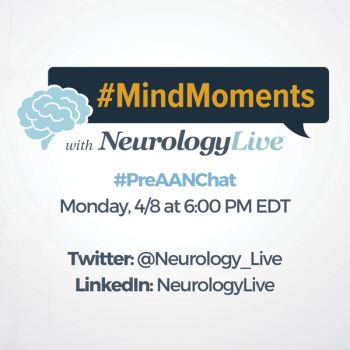
Join us on April 8 on our LinkedIn and X pages for our #PreAANChat premeeting social chat ahead of the 2024 American Academy of Neurology Annual Meeting!

Here's some of what is coming soon to NeurologyLive® this week.

Test your neurology knowledge with NeurologyLive®'s weekly quiz series, featuring questions on a variety of clinical and historical neurology topics. This week's topic is Purple Day and epilepsy awareness.
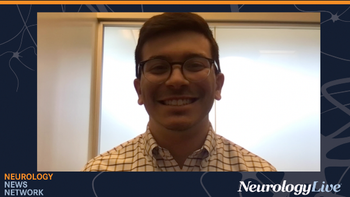
Neurology News Network for the week ending March 16, 2024. [WATCH TIME: 3 minutes]

Take 5 minutes to catch up on NeurologyLive®'s highlights from the week ending March 15, 2024.

A meta-analysis on studies assessing FDA-approved dual orexin receptor antagonists for insomnia treatment highlighted a greater risk of adverse events, particularly for narcolepsy-like symptoms.

In recent news, the FDA has issued a complete response letter for Vanda Pharmaceuticals' tasimelteon for treating insomnia because of identified deficiencies and cannot be approved in its current form.

Here's some of what is coming soon to NeurologyLive® this week.
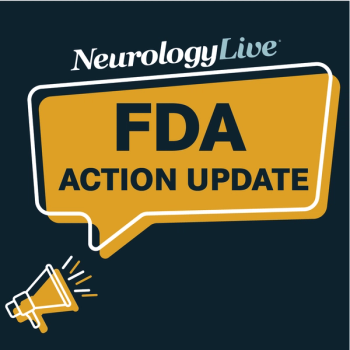
Catch up on any of the neurology news headlines you may have missed over the course of February 2024, compiled all into one place by the NeurologyLive® team.

Test your neurology knowledge with NeurologyLive®'s weekly quiz series, featuring questions on a variety of clinical and historical neurology topics. This week's topic is Purple Day and epilepsy awareness.

Bijoy E. John, MD, founder and medical director of Sleep Wellness Clinics of America (Nashville) and Sleep Fix Academy, discussed the health risks associated with daylight saving time changes.

Take 5 minutes to catch up on NeurologyLive®'s highlights from the week ending March 8, 2024.

Mind Moments®, a podcast from NeurologyLive®, brings you an interview with Alcibiades Rodriguez, MD. [LISTEN TIME: 19 minutes]

Here's some of what is coming soon to NeurologyLive® this week.

Catch up on any of the neurology news headlines you may have missed over the course of March 2024, compiled all into one place by the NeurologyLive® team.

Test your neurology knowledge with NeurologyLive®'s weekly quiz series, featuring questions on a variety of clinical and historical neurology topics. This week's topic is Alzheimer disease and dementia.

Take 5 minutes to catch up on NeurologyLive®'s highlights from the week ending March 1, 2024.

Alexander Scheer, MD, medical director at Scheer Medical Wellness, provided his medical perspective on insomnia in the clinical practice of sleep medicine.



